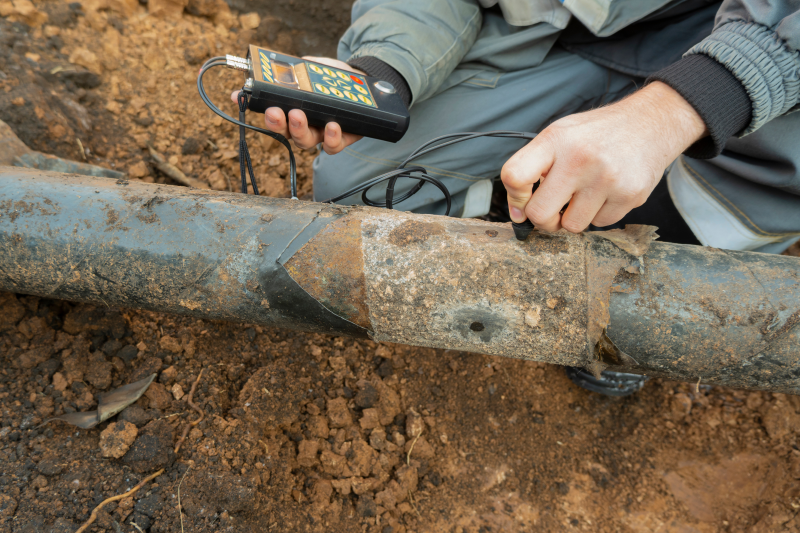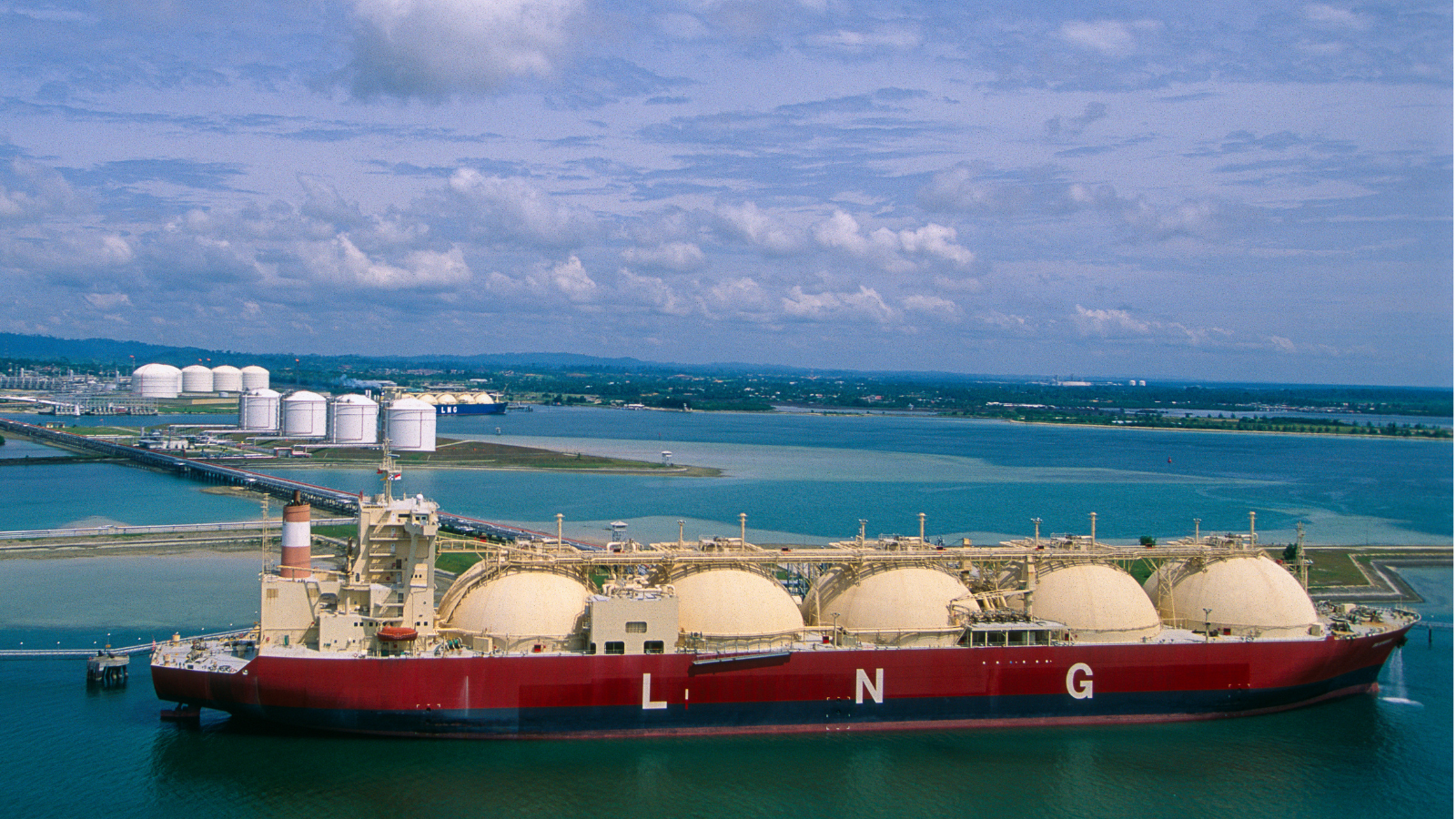Pipeline releases pose significant environmental and economic risks making it crucial for energy companies to prioritize leak prevention and adopt proactive measures to minimize the occurrence of releases. In this article, we will explore the three most effective strategies that energy companies can implement to reduce pipeline releases. By embracing advanced technologies, implementing rigorous inspection and maintenance practices, and fostering a culture of safety, energy companies can mitigate releases and promote a sustainable future.
Embrace Advanced Leak Detection Technologies
One of the most effective ways for energy companies to reduce pipeline releases is by leveraging advanced leak detection technologies. These technologies can provide real-time monitoring, early leak detection, and swift response, minimizing the potential damage caused by leaks. Here are some key technologies to consider:
- Fiber Optic Sensing: Fiber optic cables installed along pipelines can detect even the smallest releases by monitoring temperature, pressure, and strain changes. These systems can immediately alert operators to the presence of a release, allowing for rapid response and containment.
- Infrared Thermography: Utilizing thermal imaging cameras, infrared thermography helps identify temperature variations caused by releases. By pinpointing areas of heat concentration, operators can quickly detect and address potential releases, preventing them from escalating into major incidents.
- Acoustic Monitoring: By employing specialized acoustic sensors, energy companies can detect the unique sound patterns created by releases. These sensors identify abnormal noise frequencies, enabling operators to locate and repair releases promptly.
Implement Rigorous Inspection and Maintenance Practices
To effectively reduce pipeline releases, energy companies must establish stringent inspection and maintenance practices. Regular inspections help identify potential vulnerabilities and allow for proactive repairs or replacements. Consider the following practices:
- Aerial Inspections: Conducting aerial surveys using drones equipped with high-resolution cameras can help identify potential releases or structural weaknesses in pipelines, especially in remote or inaccessible areas.
- Internal Pipeline Inspections: Implementing smart pigging techniques involves sending sensor-equipped devices through pipelines to collect valuable data on their integrity. This method enables the identification of corrosion, cracks, or other anomalies that could lead to releases.
- Preventive Maintenance: Energy companies should implement preventive maintenance schedules that include activities such as corrosion control, pipe coating repairs, and valve and joint inspections. These proactive measures help identify and address potential release sources before they become critical issues.
- Secondary Containment Systems: Whether for on-going maintenance and repair, or in new construction of pipelines, secondary containment systems for sensitive areas and water crossings can provide an extra measure for security should a release occur.
Foster a Culture of Safety
Promoting a culture of safety within energy companies is paramount in reducing pipeline releases. Employees must be trained to recognize potential risks and adhere to best practices. Here are some important aspects to focus on:
- Training and Education: Conduct regular safety training sessions to educate employees about the importance of leak prevention, proper handling of equipment, and emergency response procedures. Equip them with the knowledge and skills needed to identify potential releases and report them promptly.
- Reporting and Accountability: Establish a transparent reporting system that encourages employees to report any releases or safety concerns without fear of retribution. Foster a culture where accountability is valued, and employees feel empowered to act when necessary.
- Continuous Improvement: Encourage the exchange of best practices and lessons learned among employees. Implement mechanisms to regularly review and improve release prevention measures based on feedback from frontline workers and industry advancements.
- Selecting the Right Tools for Data Management: Selecting the right software tools to manage the data (about the pipeline as well as the elements of the pipeline while underground) allows for the ability to continuously improve, track, and create a feedback mechanism.
Reducing pipeline releases is an ongoing challenge for energy companies. By embracing advanced leak detection technologies, implementing rigorous inspection and maintenance practices, and fostering a culture of safety, oil companies can significantly minimize the occurrence of releases. Through these proactive measures, we can safeguard the environment, protect communities, and ensure the long-term sustainability of the energy industry.



